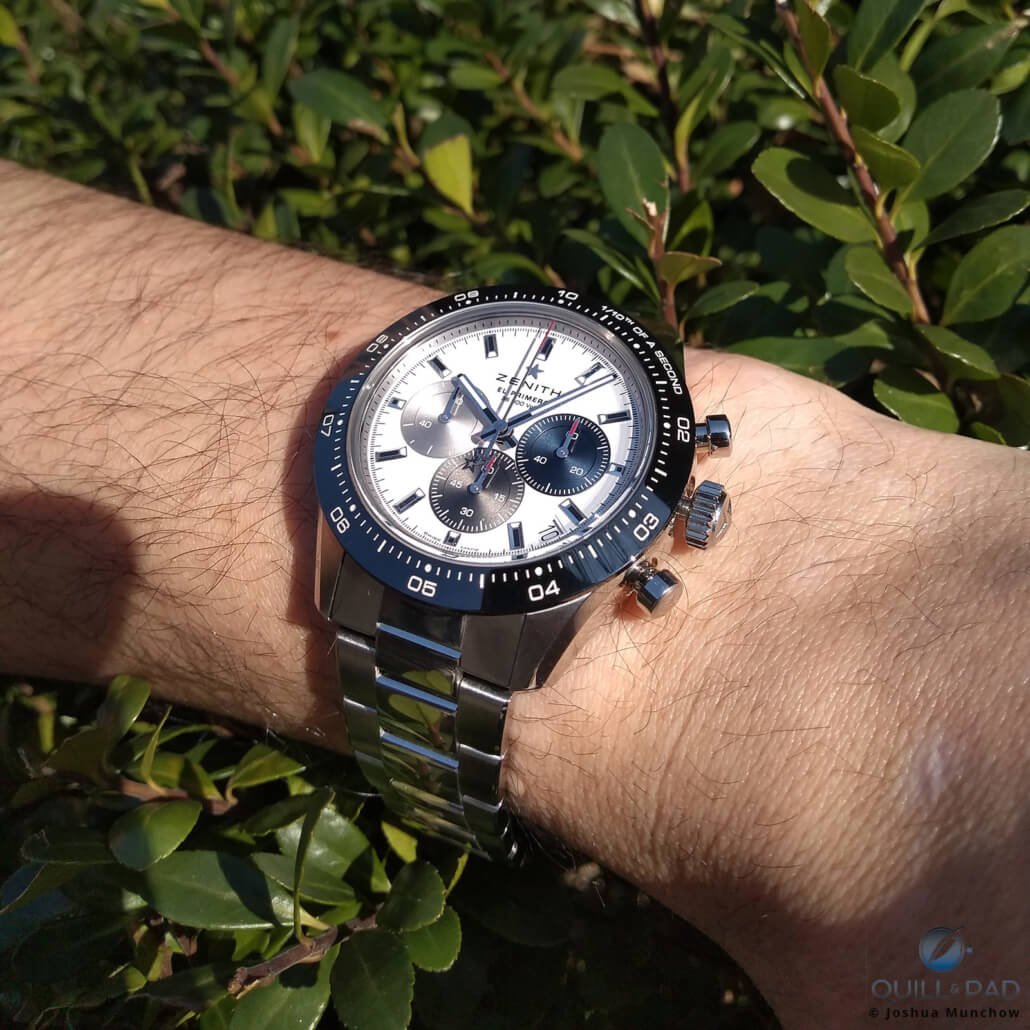

It was presented to his friend and mayor of Tokyo Gotō Shinpei who named it Citizen as it was his dream that every citizen could own a high quality watch. The first customer was possibly the the Imperial family of Japan. Emperor Shōwa (post humous name for Emperor Hirohito) who was then the Prince Regent of Japan in the Taishō era, owned the Citizen Caliber 16. The watch is now in the Citizen Museum, and photographed here.

The movement is a classical Swiss styled lepine movement. The company continued through the war years, and made the first Japanese watch with a calendar in 1952. Citizen was in the forefront of the quartz revolution, though rivals Seiko was the first to announce their Astron.

Citizen focused on their manufacturing capability and made huge progress in mass production and cost control. They made the first radio controlled watch in 1993, and the first light powered watch in 1996. And in 2011, the world’s first light-powered, satellite synchronised watch “Eco-Drive SATELLITE WAVE” was introduced. In 2012, they acquired Proctor Holdings, who own the brand Arnold & Son and La Joux Perret. We visited the production facilities in Iida, Nagano Prefecture, and will be bringing you a report of that visit soon.įor starters The Citizen is a beautiful watch. The case is in Super Titanium, a special grade of titanium made within the Citizen family and coated with their proprietary Dura-Tech coating to be 10 times more scratch resistance than regular stainless steel. The case with bracelet is very light, at only 79g. The case features very classical lines, and measures 39mm in diameter with sensuous curves at the right places. Having said that, the design is rather sober, and proper. The alternate high polished surfaces sit next to brushed ones, and the edges are polished to achieve a sharp edge, though not quite enough to slice or dice fingers. The dial is remarkable, in that the surface has a subtle textured appearance, and the applied text, indices and branding appears to float over the paper dial. The hands are magnificently faceted and polished and sparkles as one moves the watch. The case is a very classical tonneau like shape, with curved sides and an integrated bracelet design. The case is finished in a mix of high polish and linear brushing. The entire case is initially finished in the high polish zaratsu style, and the brushed surfaces are added by hand using fine grain sand paper.

A master artisan executed both the polishing and the brushed finish. The hands and indices are also highly polished, and are designed to be multi faceted to catch and play with light as the watch is gently moved, like it would on one’s wrist. The dial is made from traditional Japanese paper called washi. The textured surface is unique in each dial, as it depends on how the fibers fall during the hand manufacture. The Tosi-washi used for AQ 4020 is made by a traditional paper company – Osaki Paper Co. The product team at Citizen work directly with the owners. Kataoka Akari is the 4th generation owner of the company and is the artisan who makes the washi used by Citizen by hand. The completed washi is laid out in the dial such that the slightly striped texture on the paper is vertically aligned. The irregular patterns are unique as each piece is hand made. The use of washi on a watch dial is a World Premiere and a nod to the Edo period Japanese culture. Traditionally, washi is not only used for writing, but also where as a light diffuser. For example, washi is used in Japanese lanterns ( Chochin) and Japanese wall paper ( shoji). In this context its modern application in front of the solar panel is perhaps fitting. A thin, clear plastic cover seals it from the elements.


 0 kommentar(er)
0 kommentar(er)
